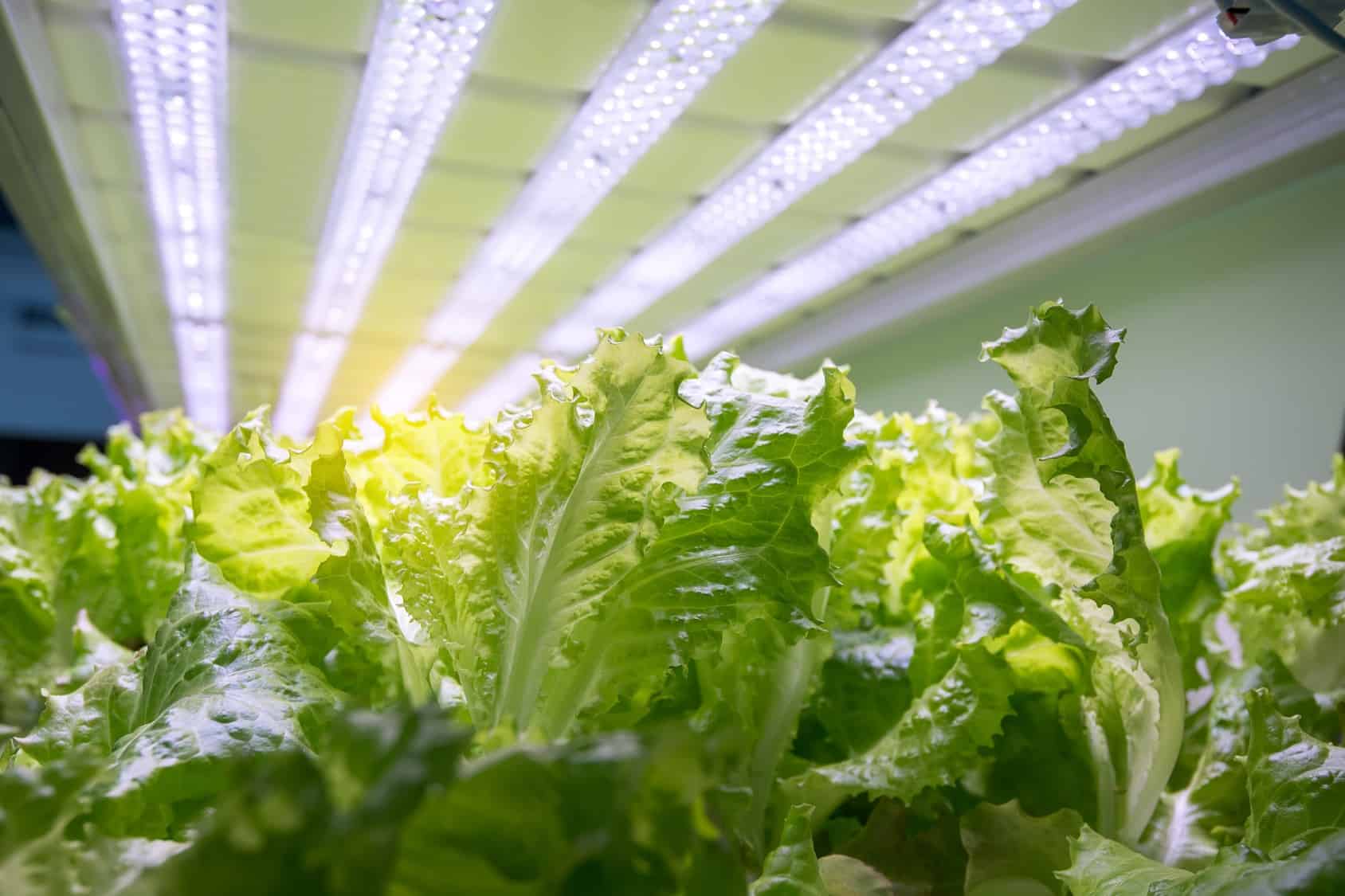

Articles
How To Store Hydroponic Lettuce
Modified: January 5, 2024
Learn how to store hydroponic lettuce properly in this articles. Discover the best methods to keep your lettuce fresh and crisp for longer periods.
(Many of the links in this article redirect to a specific reviewed product. Your purchase of these products through affiliate links helps to generate commission for Storables.com, at no extra cost. Learn more)
Introduction
Welcome to the wonderful world of hydroponic gardening! Growing lettuce using the popular hydroponic method has gained immense popularity in recent years. Hydroponic lettuce offers numerous benefits, including faster growth, higher yields, and year-round cultivation. In this article, we will explore the process of storing hydroponic lettuce to ensure its freshness and quality for long periods.
Hydroponics is a method of growing plants without soil, where the roots are immersed in a nutrient-rich water solution. Lettuce, being a favorite among home gardeners, is an excellent choice for hydroponic cultivation due to its high water content and fast growth rate. By providing the optimal conditions and proper care, you can enjoy a bountiful harvest of delicious, crispy lettuce leaves right in the comfort of your own home.
When it comes to storing hydroponic lettuce, it’s important to consider several factors to maintain its freshness and flavor. Proper storage techniques will help extend the shelf life of your hydroponic lettuce, ensuring that you have a supply of crisp and flavorful leaves whenever you need them.
In the following sections, we will guide you through the essential steps and considerations for storing hydroponic lettuce. From choosing the right variety of lettuce to setting up the perfect storage conditions, we’ve got you covered. So, let’s dive in and explore the fascinating world of storing hydroponic lettuce!
Key Takeaways:
- Hydroponic lettuce offers faster growth, higher yields, and year-round cultivation, making it an efficient and sustainable option for home gardeners and commercial growers. Its water efficiency and minimized pest and disease issues make it an attractive choice.
- Proper care, including selecting the right lettuce variety, providing adequate lighting, monitoring nutrient levels, and maintaining proper temperature and humidity, is essential for nurturing vibrant and healthy hydroponic lettuce plants. Preventing and managing pests and diseases are crucial in safeguarding the health of lettuce crops.
Read more: How To Germinate Lettuce Hydroponically
Benefits of Hydroponic Lettuce
Hydroponic lettuce offers a range of benefits that make it an attractive option for both commercial growers and home gardeners. Here are some of the key advantages of growing and consuming hydroponic lettuce:
- Faster Growth: One of the significant advantages of hydroponic lettuce is its accelerated growth compared to traditional soil-based cultivation. Hydroponic systems provide optimal conditions for plant growth, including a consistent supply of water, nutrients, and oxygen. This allows lettuce plants to grow faster and produce higher yields.
- Higher Yields: Hydroponic lettuce can produce a higher yield per square foot compared to traditional soil gardening. By providing the ideal growing environment, hydroponic systems enable plants to maximize their growth potential. This means you can harvest more lettuce from a smaller space, making it an efficient option for growers with limited areas.
- Year-Round Cultivation: Unlike traditional gardening, hydroponic systems allow for year-round cultivation of lettuce. By controlling the environment, including temperature, light, and nutrients, you can create an optimal growing condition regardless of the season. This means you can enjoy fresh lettuce throughout the year, irrespective of the external climate.
- Water Efficiency: Hydroponic systems are renowned for their water efficiency. Compared to conventional soil gardening, hydroponics uses significantly less water, as the plants absorb the nutrients directly from the water solution. The recirculating nature of many hydroponic systems further reduces water consumption, making it an environmentally friendly choice for lettuce production.
- Minimized Pest and Disease Issues: Growing lettuce hydroponically can help minimize the risk of pests and diseases commonly associated with soil-based cultivation. Since hydroponic systems eliminate the use of soil, which can harbor pests and pathogens, the risk of infestations and diseases is reduced. This means fewer pesticide applications and a healthier growing environment for your lettuce.
These benefits highlight the immense potential of hydroponic lettuce as a sustainable and efficient method of cultivation. Whether you are a commercial grower looking to maximize your yields or a home gardener seeking fresh and nutritious produce year-round, hydroponic lettuce offers a compelling solution.
Choosing the Right Variety of Lettuce
When it comes to growing hydroponic lettuce, choosing the right variety is crucial. Lettuce comes in various types, each with its own distinct characteristics and growth requirements. Here are some factors to consider when selecting the ideal lettuce variety for your hydroponic system:
- Growth Habit: Lettuce varieties can be classified into different growth habits, such as loose-leaf, butterhead, romaine (cos), and crisphead. Loose-leaf lettuce grows in loose clusters and is known for its tender leaves. Butterhead lettuce forms small, compact heads with soft, buttery leaves. Romaine lettuce has elongated leaves that form a tight, upright head. Crisphead lettuce, often referred to as iceberg lettuce, produces a firm, dense head. Consider your preferences and growing space when selecting the growth habit that suits your needs.
- Growth Rate: Some lettuce varieties have a faster growth rate than others. If you want a quick harvest, look for varieties labeled as “early maturing” or “fast-growing.” These varieties typically reach maturity in a shorter period, allowing you to enjoy your hydroponically grown lettuce sooner.
- Taste and Flavor: Lettuce varieties vary in taste and flavor profiles. Some have a mild, delicate flavor, while others are more robust and peppery. Consider your personal preferences and the dishes you plan to use the lettuce in. Popular lettuce varieties for hydroponic cultivation include Green Oak Leaf, Red Leaf, Buttercrunch, and Little Gem.
- Resistance to Pests and Diseases: Certain lettuce varieties exhibit natural resistance to specific pests and diseases. Look for varieties that are known for their resistance to common lettuce pests, such as aphids or slugs. This can help reduce the risk of infestation and minimize the need for chemical interventions in your hydroponic system.
- Space Requirements: Consider the available space in your hydroponic system when selecting lettuce varieties. Some varieties have a smaller footprint and can be densely planted, while others require more room to spread out. Optimize your space by selecting varieties that fit well in your system’s layout while still providing sufficient air circulation and light penetration.
By considering these factors, you can choose the right variety of lettuce for your hydroponic system. Experiment with different varieties to find the ones that best suit your taste preferences and growing conditions. Remember, the beauty of hydroponic gardening lies in the ability to cultivate a wide range of lettuce varieties and explore their unique flavors and textures.
Setting Up the Hydroponic System
To successfully grow hydroponic lettuce, you’ll need to set up a properly designed hydroponic system. Here are the key steps to follow when setting up your hydroponic system:
- Select the System Type: There are different types of hydroponic systems available, such as nutrient film technique (NFT), deep water culture (DWC), and drip irrigation. Research and choose a system that suits your space, budget, and level of expertise.
- Choose the Growing Medium: Hydroponic lettuce can be grown in various types of growing mediums, including rockwool, coco coir, perlite, or clay pebbles. Select a growing medium that provides good root support, retains moisture, and allows for proper aeration.
- Set Up the Reservoir and Pump: Install a reservoir to hold the nutrient solution for your hydroponic system. Position it below the grow bed or pots to allow for gravity flow. Connect a submersible pump to circulate the nutrient solution from the reservoir to the plants.
- Adjust pH and EC Levels: Use a digital pH meter to measure the pH level of your nutrient solution. Adjust it to the optimal range for lettuce growth, around 5.5 to 6.5. Similarly, measure the electrical conductivity (EC) of the solution to ensure it has the right balance of nutrients.
- Install Lighting: Adequate lighting is essential for healthy lettuce growth in a hydroponic system. Choose high-quality grow lights that emit the appropriate spectrum of light for photosynthesis. Position the lights at the correct distance above the plants to ensure optimal light intensity.
- Plant the Lettuce: Plant the lettuce seedlings or seeds in your chosen growing medium, making sure to space them appropriately to allow for proper growth and airflow. Gently press the medium around the roots to secure the plants.
- Monitor and Adjust: Regularly monitor the temperature, humidity, and nutrient levels in your hydroponic system. Make adjustments as needed to maintain optimal growing conditions for your lettuce plants.
Setting up your hydroponic system may require some initial investment and experimentation, but once it’s up and running, you’ll have the foundations for a successful hydroponic lettuce garden. Remember to follow the manufacturer’s instructions for your specific system and consult reliable resources for guidance on system maintenance, troubleshooting, and nutrient requirements.
With your hydroponic system in place, you’re ready to embark on an exciting journey of growing fresh and nutritious hydroponic lettuce right at home. Let’s move on to the next step: providing adequate lighting for optimal lettuce growth!
Providing Adequate Lighting for Lettuce Growth
Light is one of the most critical factors for successful hydroponic lettuce growth. Since lettuce is a leafy vegetable, it requires proper lighting to perform photosynthesis and develop healthy foliage. Here are some essential tips for providing adequate lighting in your hydroponic system:
- Choose the Right Type of Light: LED (Light Emitting Diode) lights are commonly used in hydroponic systems for their energy efficiency and spectrum customization. Look for LED grow lights specifically designed for vegetable growth, with a balanced spectrum that includes both blue and red light wavelengths.
- Install Lights Properly: Position the lights at the correct distance above the lettuce plants to ensure optimal light intensity. Too close, and the plants may experience heat stress; too far, and they may not receive enough light. Follow the manufacturer’s guidelines or consult a lighting specialist to determine the best height for your specific lights.
- Provide Sufficient Light Duration: Lettuce plants typically require 12-16 hours of light per day for proper growth. Use a timer to automate the lighting schedule and ensure consistent light exposure. Consider dividing the light period into multiple cycles to mimic natural light fluctuations.
- Avoid Excessive Heat: LED lights produce minimal heat compared to other lighting options, reducing the risk of heat stress on lettuce plants. However, it’s still important to monitor the temperature in your hydroponic system and ensure proper ventilation to prevent excessive heat buildup.
- Consider Supplemental Lighting: Depending on your growing space and light availability, you may need to supplement natural light with artificial lighting. Supplemental lighting can help ensure consistent and sufficient light throughout the day, especially in regions with limited sunlight or during winter months.
- Provide Uniform Light Distribution: Arrange the lights and reflectors in your hydroponic system to ensure even light distribution across all lettuce plants. This will help prevent uneven growth and ensure that all plants receive equal light intensities.
- Regularly Inspect and Maintain Lights: Check your grow lights regularly to ensure they are functioning correctly. Replace any faulty or expired bulbs promptly to maintain optimal light output. Keep the lights clean from dust and debris to prevent any obstruction that may reduce light penetration.
Remember, providing the correct lighting conditions is crucial for healthy lettuce growth in a hydroponic system. By choosing the right type of light, installing them properly, and maintaining a consistent lighting schedule, you’ll create an ideal environment for your lettuce plants to thrive. Now, let’s move on to the next step of maintaining proper nutrient levels in your hydroponic solution!
Read more: How To Store Lettuce
Monitoring Nutrient Levels in the Hydroponic Solution
In hydroponic gardening, maintaining proper nutrient levels is crucial for the healthy growth of lettuce plants. Since the plants rely on the nutrient solution for all their essential elements, it’s essential to regularly monitor and adjust the nutrient levels to ensure optimal growth. Here are some important steps to help you monitor and maintain the nutrient levels in your hydroponic solution:
- Use a Reliable Nutrient Solution: Start with a high-quality hydroponic nutrient solution specifically formulated for lettuce or leafy greens. These solutions contain a balanced combination of macro and micronutrients necessary for optimal plant health.
- Measure pH Level: Use a digital pH meter to measure the pH level of your hydroponic solution regularly. Lettuce plants generally prefer a slightly acidic environment with a pH range of 5.5 to 6.5. Adjust the pH using pH up or pH down solutions to keep it within the desired range.
- Measure Electrical Conductivity (EC): Use an EC meter to measure the electrical conductivity of your hydroponic solution. EC measures the concentration of total dissolved salts in the solution, which indicates the nutrient strength. Maintain the EC level according to the recommended range for lettuce, which is typically between 1.2 to 2.2 mS/cm.
- Monitor Nutrient Imbalances: Keep an eye out for nutrient imbalances that can lead to deficiencies or toxicities in your lettuce plants. Common nutrient imbalances in hydroponic systems include nitrogen (N), phosphorus (P), potassium (K), calcium (Ca), magnesium (Mg), and iron (Fe). Regularly check the nutrient solution and adjust the ratios of individual nutrients as needed.
- Follow a Feeding Schedule: Establish a consistent feeding schedule for your hydroponic lettuce plants. Most lettuce varieties thrive with a balanced nutrient solution provided continuously or through regular feedings at specific intervals. Monitor the growth of your plants and adjust the feeding frequency to meet their needs.
- Check and Maintain Reservoir Levels: Regularly monitor the nutrient solution levels in your reservoir to ensure an adequate supply for your plants. Replenish the solution when necessary, making sure to maintain the proper nutrient balance and pH levels.
- Flush and Replace the Solution: Over time, the nutrient solution can accumulate salts and become imbalanced. Depending on the system size and plant growth stage, consider periodically flushing and replacing the entire hydroponic solution to maintain optimal nutrient levels and prevent nutrient buildup.
Consistent monitoring of nutrient levels and adjustments are key to maintaining healthy hydroponic lettuce plants. Regularly measure the pH level, EC, and nutrient concentrations to ensure that your plants have access to the essential elements they need for robust growth. With proper nutrient management, your hydroponic lettuce garden will thrive and yield vibrant and delicious lettuce leaves. Next, let’s explore the importance of maintaining proper temperature and humidity in your hydroponic system!
When storing hydroponic lettuce, make sure to remove any excess moisture by patting the leaves dry with a paper towel before placing them in a resealable plastic bag. Store the bag in the crisper drawer of the refrigerator to keep the lettuce fresh for longer.
Maintaining Proper Temperature and Humidity
Temperature and humidity play a critical role in the success of your hydroponic lettuce garden. Maintaining the ideal conditions for lettuce growth can significantly impact plant health and overall yield. Here are some important considerations for maintaining proper temperature and humidity in your hydroponic system:
- Optimal Temperature Range: Lettuce plants thrive in cooler temperatures. The ideal temperature range for lettuce growth is between 60°F (15°C) and 70°F (21°C) during the day and slightly cooler at night. Avoid extreme temperature fluctuations, as they can stress the plants and affect their growth.
- Temperature Control: Use a thermometer to monitor the temperature in your hydroponic system regularly. If the temperature exceeds the optimal range, you can make adjustments by using fans, ventilation, or even cooling mats or air conditioning if necessary. Maintain good airflow to prevent stagnant air and minimize the risk of disease development.
- Humidity Levels: Lettuce prefers higher humidity levels to ensure proper transpiration and foliar development. Aim for a humidity range of 50% to 70% in your hydroponic system. You can increase humidity by incorporating a humidifier or by misting the plants with water intermittently.
- Air Circulation: Proper air circulation is crucial for maintaining optimal temperature and humidity levels in your hydroponic system. Use fans or ventilation systems to promote air movement and prevent excessive humidity buildup. Good air circulation also helps strengthen the plants’ stems and prevent the development of fungal diseases.
- Insulation: Insulate your hydroponic system to minimize temperature fluctuations caused by external factors. Proper insulation can help maintain the desired temperature range and reduce energy consumption for temperature control measures.
- Grow Room Environment: If you are growing hydroponic lettuce in an indoor grow room, consider the overall environmental factors that can affect temperature and humidity. Ensure that the grow room is well-insulated, well-ventilated, and equipped with appropriate cooling or heating systems to maintain the desired conditions.
- Monitor and Adjust: Regularly monitor the temperature and humidity in your hydroponic system using hygrometers and thermometers. Make adjustments as needed to maintain the optimal range for lettuce growth. Be mindful of external environmental changes, such as seasonal variations, and adjust your temperature and humidity management accordingly.
Maintaining proper temperature and humidity levels in your hydroponic system is crucial for optimizing lettuce growth and overall plant health. With the right control measures in place, you can create an ideal environment for your lettuce plants, ensuring robust and productive growth. Next, let’s delve into the essential care practices of watering and feeding hydroponic lettuce!
Watering and Feeding Hydroponic Lettuce
Proper watering and feeding are essential for the healthy growth and development of hydroponic lettuce. Since lettuce relies on the nutrient-rich water solution for all its essential elements, it’s crucial to ensure that your plants receive the right amount of water and nutrients at the appropriate intervals. Here are some important considerations when it comes to watering and feeding your hydroponic lettuce:
- Watering Techniques: In a hydroponic system, plants are watered using a continuous flow, intermittent flooding, or periodic misting. The chosen watering technique depends on the system design and growing medium. Regardless of the method, aim to keep the root zone moist but not waterlogged, allowing proper oxygenation for the roots.
- Monitoring Water Levels: Regularly check the water levels in your hydroponic system to ensure an adequate supply for your lettuce plants. The water level should cover the roots without submerging them completely. Monitor for any signs of water stagnation, such as foul odors or algal growth, as this can indicate poor drainage or excess moisture that may lead to root rot or other problems.
- Feeding Schedule: Establish a feeding schedule for your hydroponic lettuce, considering the specific nutrient requirements of your lettuce variety. Most hydroponic nutrient solutions provide guidelines for the recommended feeding frequency and nutrient concentrations. Adjust the feeding schedule as the plants grow and establish a healthy root system.
- EC and pH Monitoring: Regularly monitor the electrical conductivity (EC) and pH levels of your nutrient solution. EC indicates the strength of the nutrient solution, while pH affects nutrient availability. Adjust the nutrient concentration and pH levels as needed to maintain optimal nutrient uptake by the plants.
- Avoid Overfeeding: While it’s important to provide the right amount of nutrients, avoid overfeeding your hydroponic lettuce. Excessive nutrient concentrations can lead to nutrient imbalances and toxicities, which can harm plant health and growth. Follow the recommended nutrient solution dosage and adjust only when necessary.
- Flush and Replace Nutrient Solution: Replacing the nutrient solution periodically helps prevent nutrient imbalances and salt buildup. Depending on the size of your hydroponic system, consider flushing and replacing the solution every 1-2 weeks or as advised by the nutrient manufacturer. This practice ensures that your lettuce plants have access to fresh, well-balanced nutrients.
- Observe Leaf Color and Growth: Regularly observe the color and growth of your lettuce plants as an indicator of their health and nutrient status. Pale or yellowing leaves may indicate nutrient deficiencies, while dark green leaves with curling or burnt edges may signal nutrient excess. Adjust the nutrient solution accordingly to address any deficiencies or excesses.
By following these watering and feeding practices, you can provide the necessary hydration and nutrition for your hydroponic lettuce plants. Consistent monitoring, adjustment, and proper care will help your lettuce plants thrive and produce an abundance of delicious, crispy leaves. Next, let’s explore how to prevent and manage pests and diseases in your hydroponic lettuce garden.
Preventing and Managing Pests and Diseases
Pests and diseases can pose a challenge to maintaining a healthy hydroponic lettuce garden. However, with proper prevention and management strategies, you can minimize the risk of infestation and keep your plants thriving. Here are some important steps to prevent and manage pests and diseases in your hydroponic lettuce:
- Start with Healthy Seedlings: Begin with healthy seedlings or cuttings from reputable sources to minimize the risk of introducing pests or diseases into your hydroponic system. Inspect the plants carefully for any signs of infestation or damage before transplanting them.
- Practice Crop Rotation: After each complete harvest, rotate your lettuce crops to different areas of your hydroponic system. This helps prevent the buildup of pests and diseases specific to lettuce in a single location. Crop rotation can disrupt the life cycles of pests and limit their impact on your plants.
- Maintain Cleanliness and Hygiene: Regularly clean and disinfect your hydroponic system, including reservoirs, grow beds, and equipment. This prevents the buildup of algae, biofilm, and other microorganisms that can harbor pests and diseases. Also, maintain proper hygiene practices by washing hands and tools before handling your plants.
- Implement Integrated Pest Management (IPM): IPM is a holistic approach to pest management that combines prevention, monitoring, and control strategies. Monitor your hydroponic system regularly for any signs of pests or diseases, such as yellowing leaves, wilting, or visible insects. Identify the pests or diseases correctly and use appropriate control methods, such as biological controls or organic pesticides, if necessary.
- Ensure Proper Ventilation: Good air circulation and ventilation help deter pests and diseases by preventing stagnation and excess humidity. Use fans or ventilation systems to promote airflow, and avoid overcrowding plants to allow for proper ventilation between them.
- Inspect Plants Regularly: Conduct regular inspections of your lettuce plants to identify any early signs of pests or diseases. Look for symptoms such as discoloration, spots, holes in leaves, or visible pests. Early detection allows for prompt intervention and increases the chances of successful pest or disease management.
- Practice Clean Water Management: Ensure that the water used in your hydroponic system is free from contaminants. Use filtered or purified water to prevent introducing harmful pathogens or pests. Regularly check and clean any water intake filters or screens to maintain water quality.
- Quarantine New Plants: If introducing new plants to your hydroponic system, quarantine them for a period before transplanting them with the rest of your lettuce. This quarantine period allows you to observe the plants for any signs of pests or diseases before they can potentially spread to the rest of your crops.
By implementing these preventative measures and promptly addressing any pest or disease issues, you can help ensure the health and vitality of your hydroponic lettuce garden. Regular vigilance, proper hygiene, and utilizing integrated pest management techniques are key to minimizing the impact of pests and diseases. Next, let’s explore the process of harvesting and storing hydroponic lettuce to enjoy the fruits of your labor.
Read more: How To Store Lettuce For Winter
Harvesting and Storing Hydroponic Lettuce
The time has come to reap the rewards of your hydroponic lettuce garden! Harvesting and storing your lettuce properly will help maintain its freshness and quality. Here are some essential guidelines for harvesting and storing hydroponic lettuce:
- Harvesting Stage: Lettuce is typically ready for harvest when the leaves are full-sized and mature. The exact timing depends on the lettuce variety and your personal preference for leaf size and texture. Harvest leaf lettuce by cutting the outer leaves near the base of the plant, allowing the center leaves to continue growing. For head lettuce, wait until the head is firm and compact.
- Harvesting Technique: Use clean, sharp scissors or a knife to cut the lettuce leaves or heads at the desired stage. Avoid tearing or bruising the leaves during the harvest process as this may lead to deterioration and reduced shelf life.
- Washing and Drying: After harvesting, gently wash your lettuce leaves or heads with cool water to remove any dirt or debris. Pat them dry with a clean towel or use a salad spinner to remove excess moisture. Ensure that the leaves are completely dry before storing them to prevent wilting or mold growth.
- Storage Containers: Choose storage containers that offer good airflow and moisture control. You can use plastic bags with small holes for ventilation or breathable containers. Avoid overcrowding the lettuce to allow proper air circulation and prevent leaf damage.
- Refrigeration: Place the harvested lettuce in the refrigerator as soon as possible to maintain its freshness. Lettuce is best stored at a temperature between 32°F (0°C) and 40°F (4°C). If using plastic bags, make sure to remove excess air and seal them tightly to prevent moisture loss.
- Use within a Few Days: Hydroponic lettuce tends to have a shorter shelf life compared to store-bought lettuce due to minimal processing. Aim to use your harvested lettuce within a few days for the best flavor and texture. Plan your harvests according to your needs to ensure a continuous supply of fresh lettuce.
- Inspect Before Consumption: Before using the lettuce, inspect it for any signs of decay, discoloration, or pests. Discard any compromised leaves or heads to maintain the quality of the remaining produce.
- Enjoy Fresh or Store as Preserves: Hydroponic lettuce is best enjoyed fresh in salads, sandwiches, or as a garnish. If you have an excess harvest, consider preserving the lettuce by freezing or dehydrating it for later use in soups, smoothies, or cooked dishes.
Following these harvesting and storage practices will help you maximize the shelf life and quality of your hydroponic lettuce. Remember, the freshness and flavor of hydroponically grown lettuce make it a delightful addition to your meals. With proper care and attention, you can enjoy a continuous harvest of crisp and nutritious lettuce from your hydroponic garden.
Congratulations on your successful hydroponic lettuce journey! Now that you’re familiar with the process, continue to explore and experiment with different lettuce varieties and hydroponic techniques to expand your culinary horizons. Happy harvesting and bon appétit!
Conclusion
Growing hydroponic lettuce is a rewarding and sustainable way to enjoy fresh and nutritious greens year-round. With the right knowledge and techniques, you can create an optimal environment for your lettuce plants to thrive. From setting up your hydroponic system to harvesting and storing your lettuce, each step contributes to the success of your garden.
Hydroponic lettuce offers numerous benefits, including faster growth, higher yields, and the ability to grow throughout the year. Its water efficiency and minimized pest and disease issues make it an attractive option for both home gardeners and commercial growers. By selecting the right lettuce variety, providing adequate lighting, monitoring nutrient levels, and maintaining proper temperature and humidity, you can nurture vibrant and healthy lettuce plants in your hydroponic system.
Preventing and managing pests and diseases are essential in safeguarding the health of your lettuce crops. Regular monitoring, cleanliness, and employing integrated pest management strategies can help you keep common pests and diseases at bay.
When it comes time to harvest your hydroponic lettuce, using proper techniques and storing it correctly will help maintain its freshness and flavor. Harvest at the right stage, wash and dry the leaves properly, and store them in suitable containers in the refrigerator. Remember to use your harvested lettuce within a few days for the best quality and taste.
As you embark on your hydroponic lettuce journey, continue to explore and experiment with different lettuce varieties and hydroponic methods. Enjoy the pride of growing your own fresh and nutritious lettuce, and let your creativity flourish in the kitchen as you incorporate your homegrown greens into delicious dishes.
Happy hydroponic gardening!
Frequently Asked Questions about How To Store Hydroponic Lettuce
Was this page helpful?
At Storables.com, we guarantee accurate and reliable information. Our content, validated by Expert Board Contributors, is crafted following stringent Editorial Policies. We're committed to providing you with well-researched, expert-backed insights for all your informational needs.
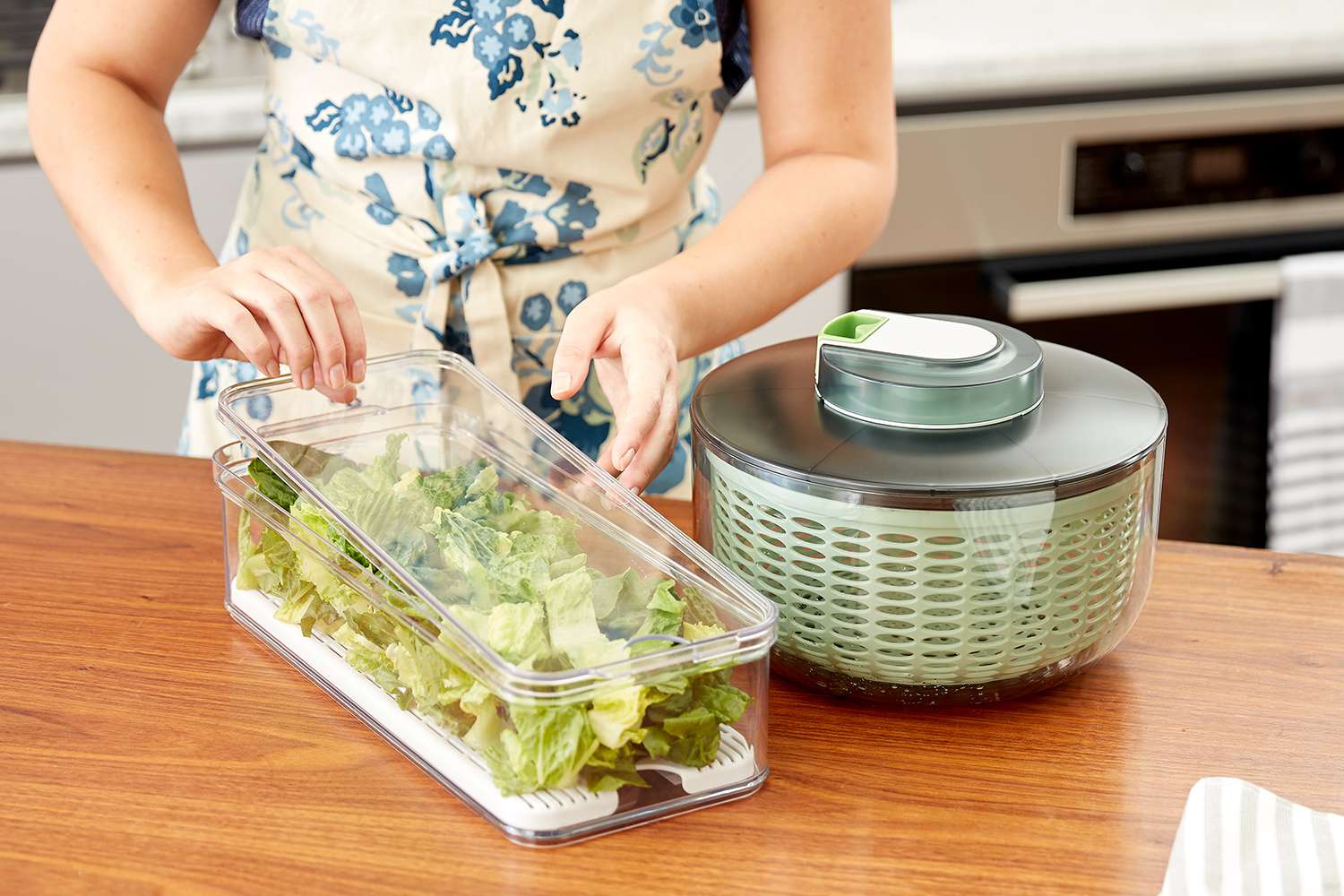
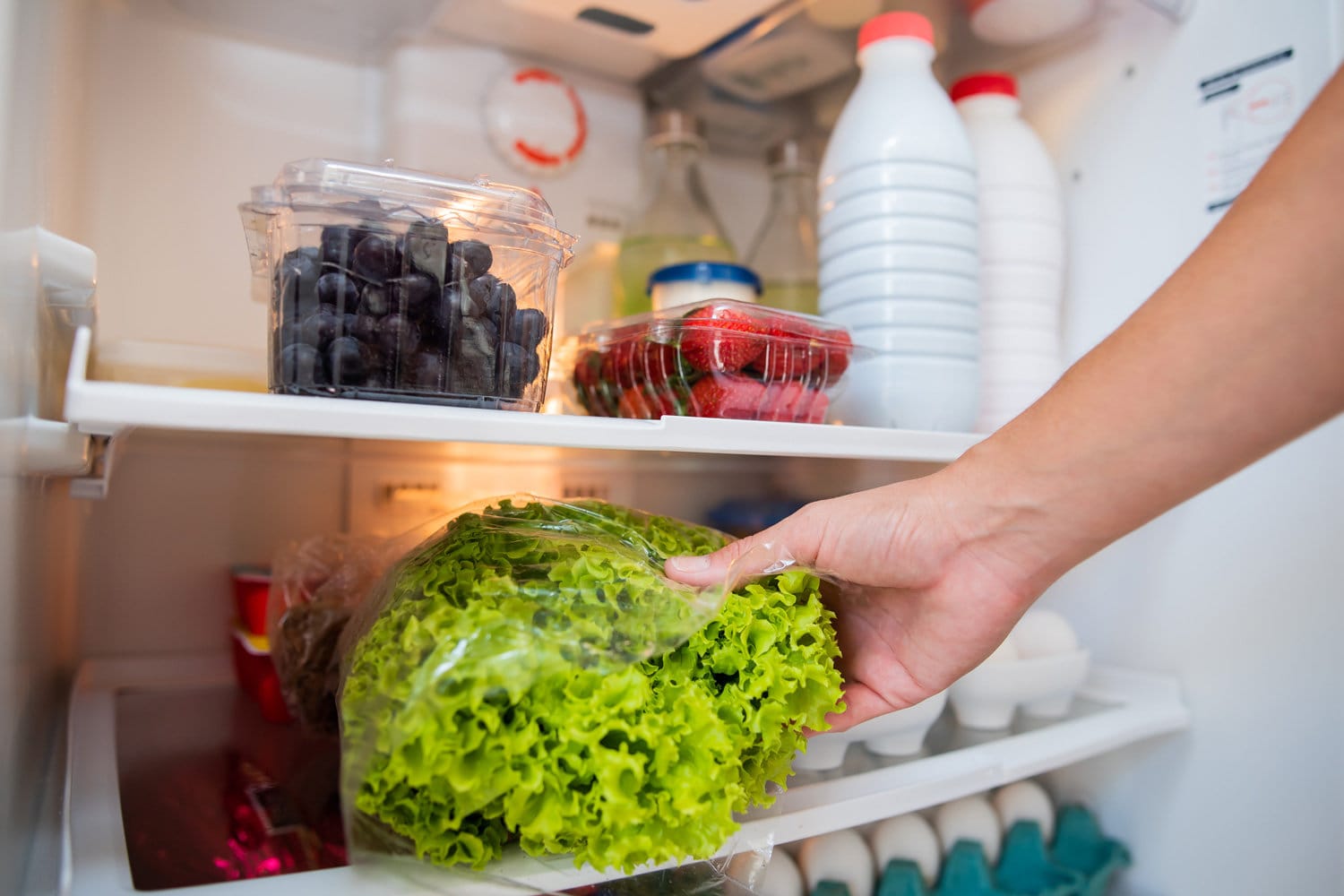
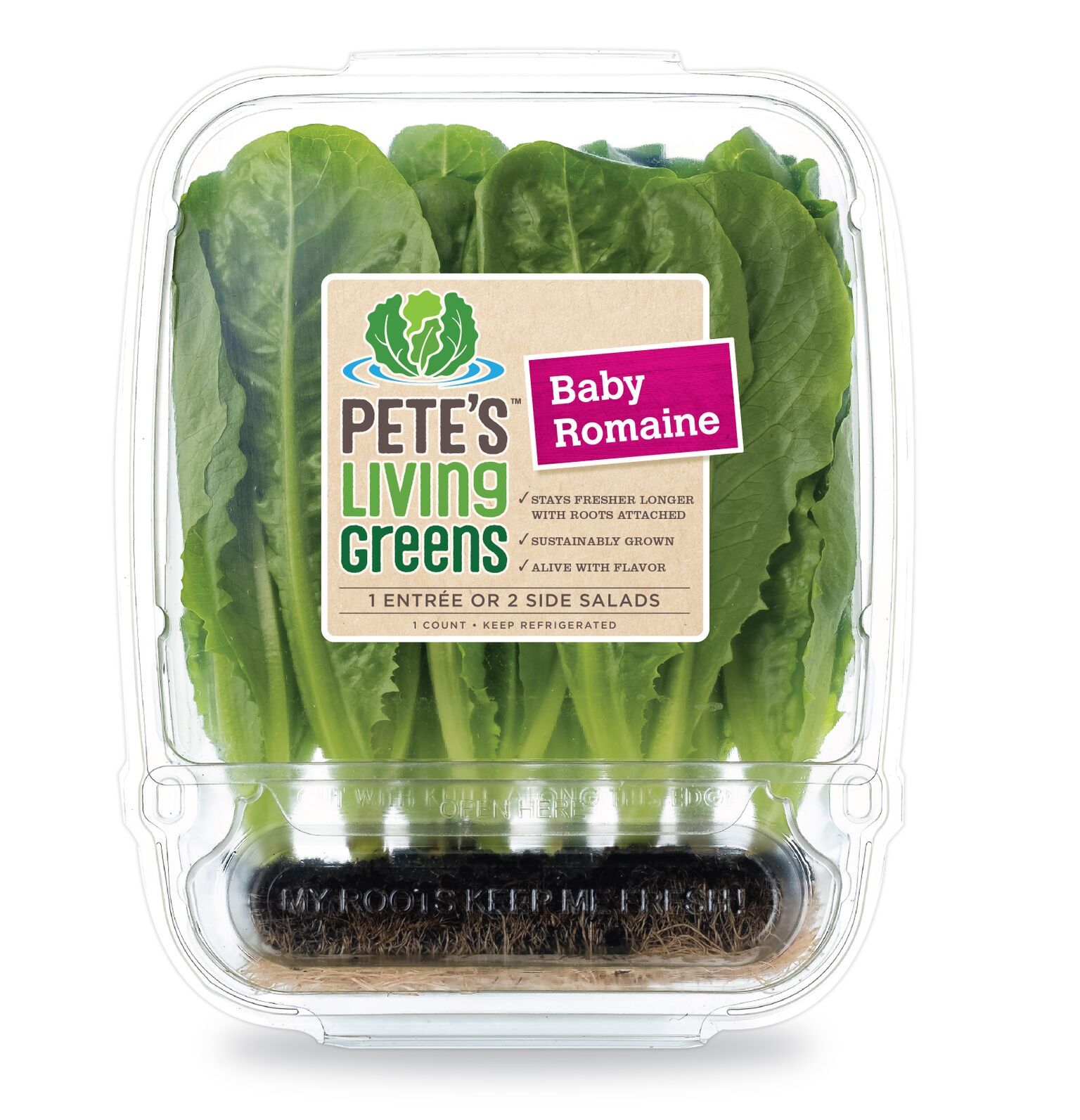

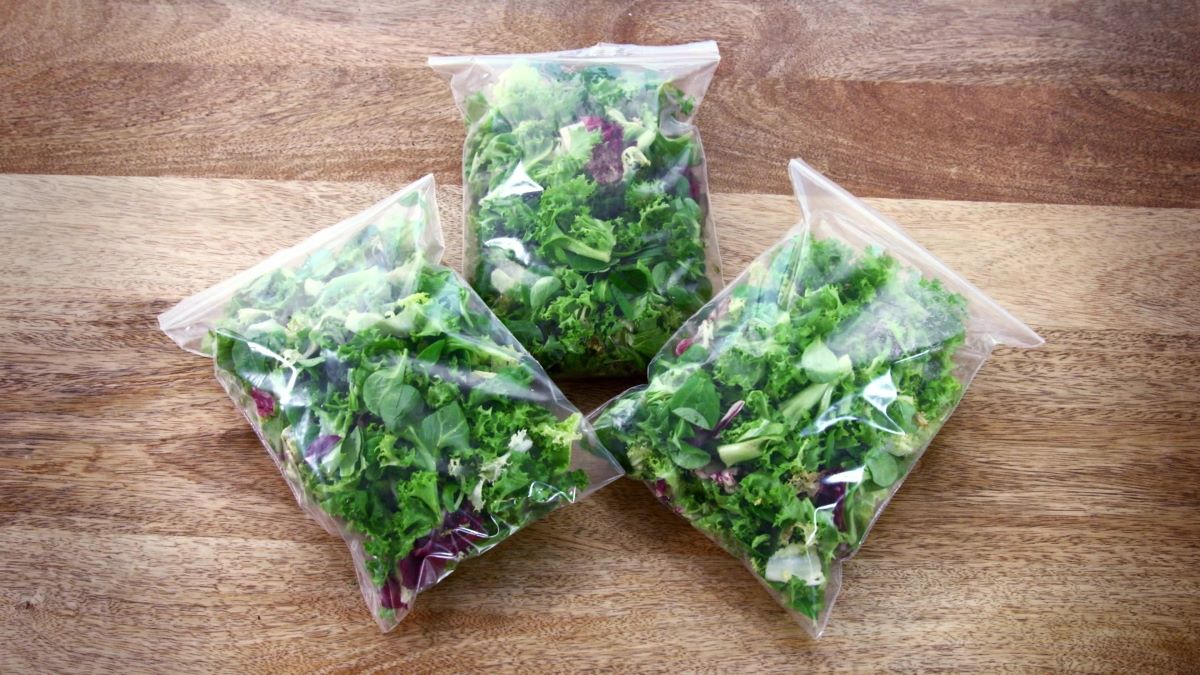
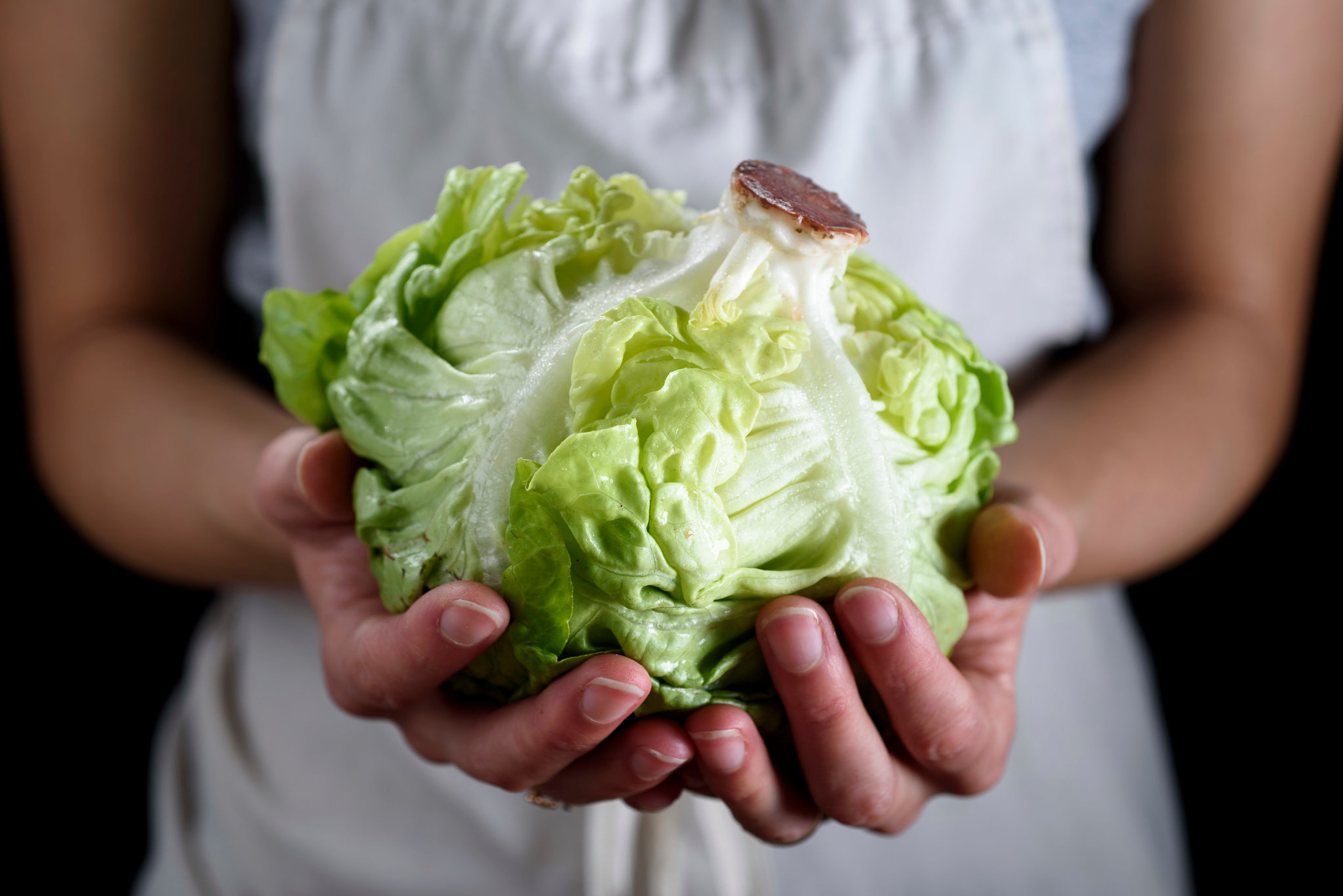

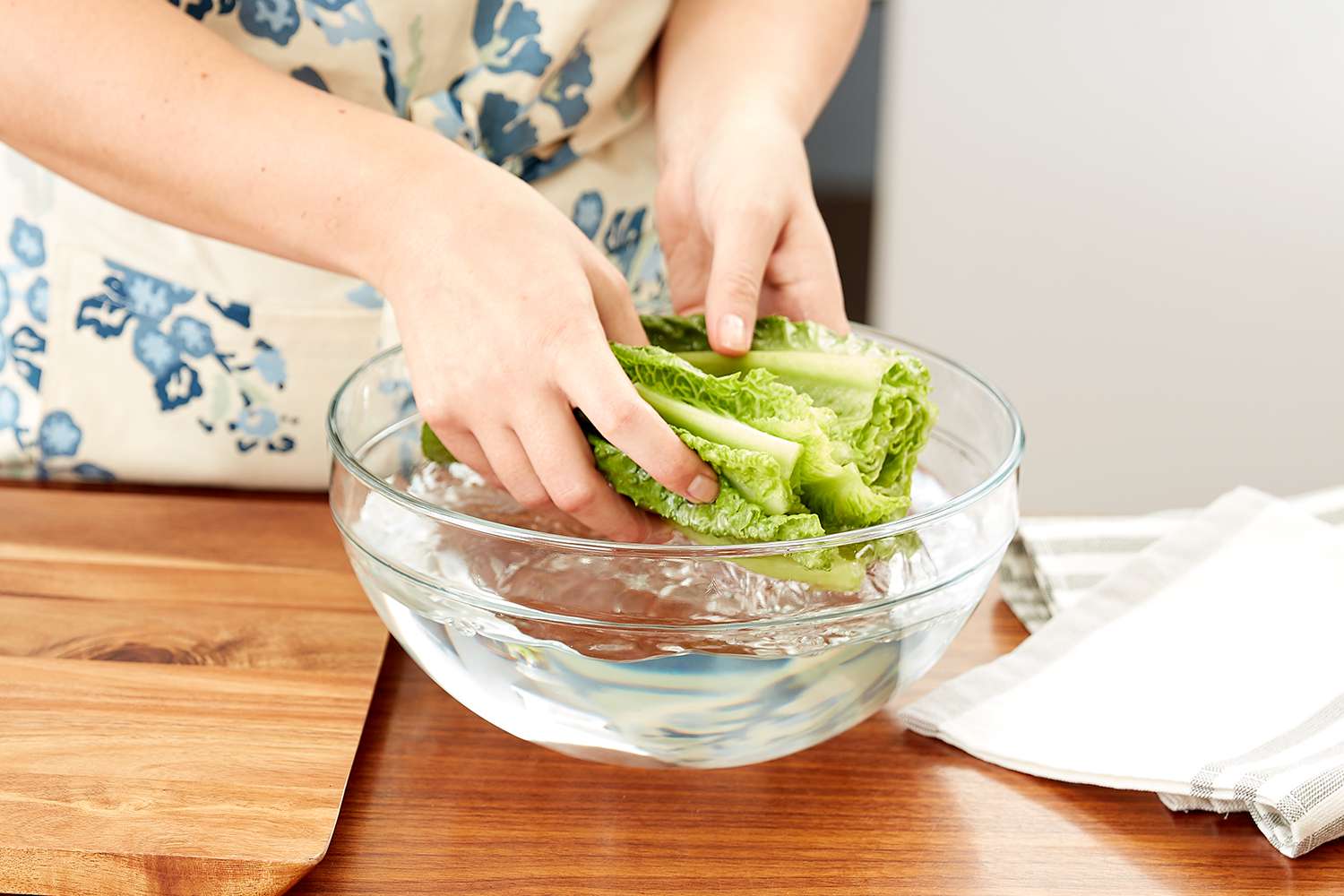
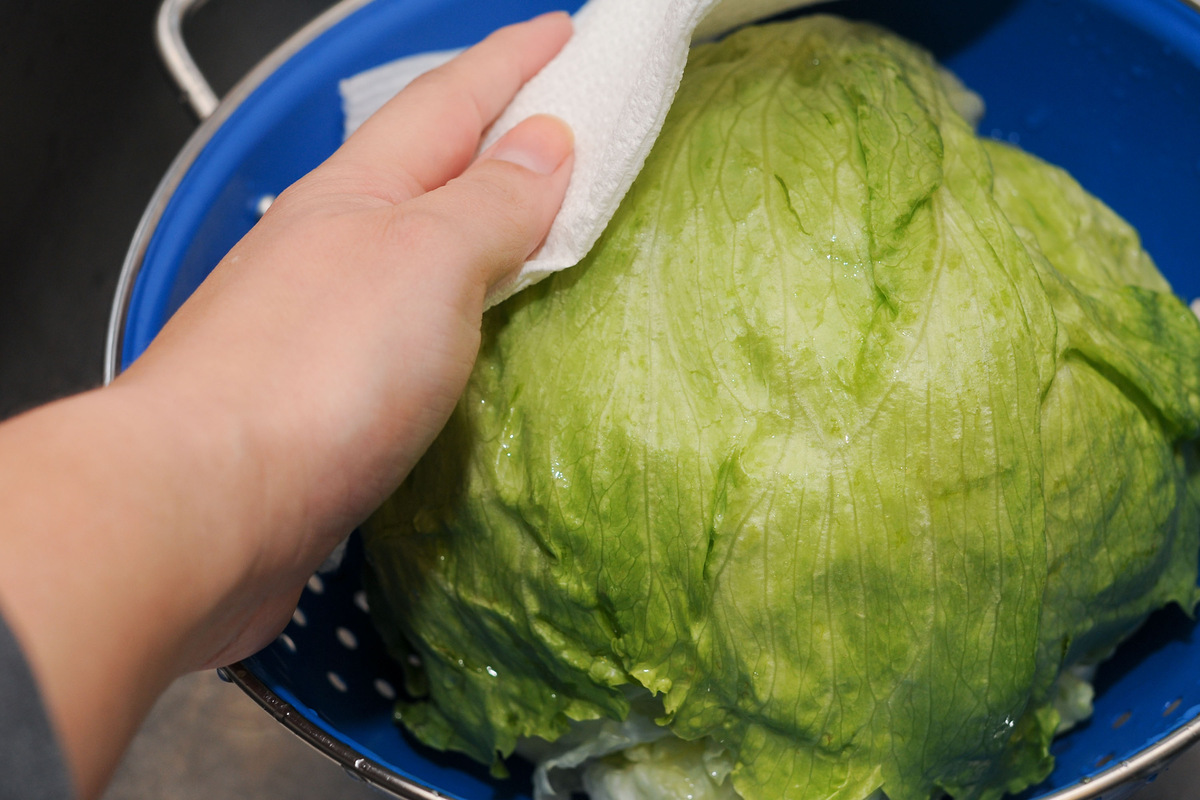
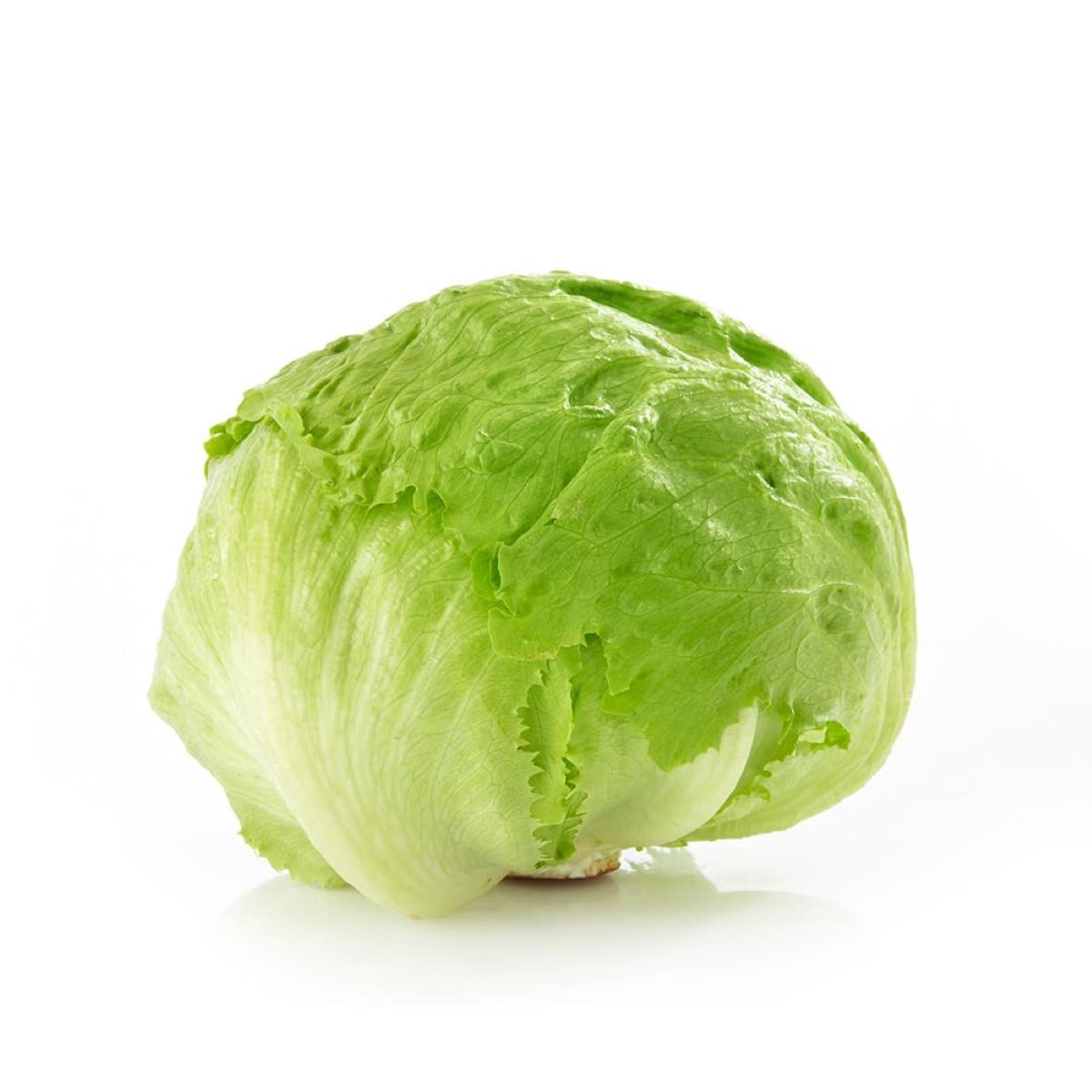
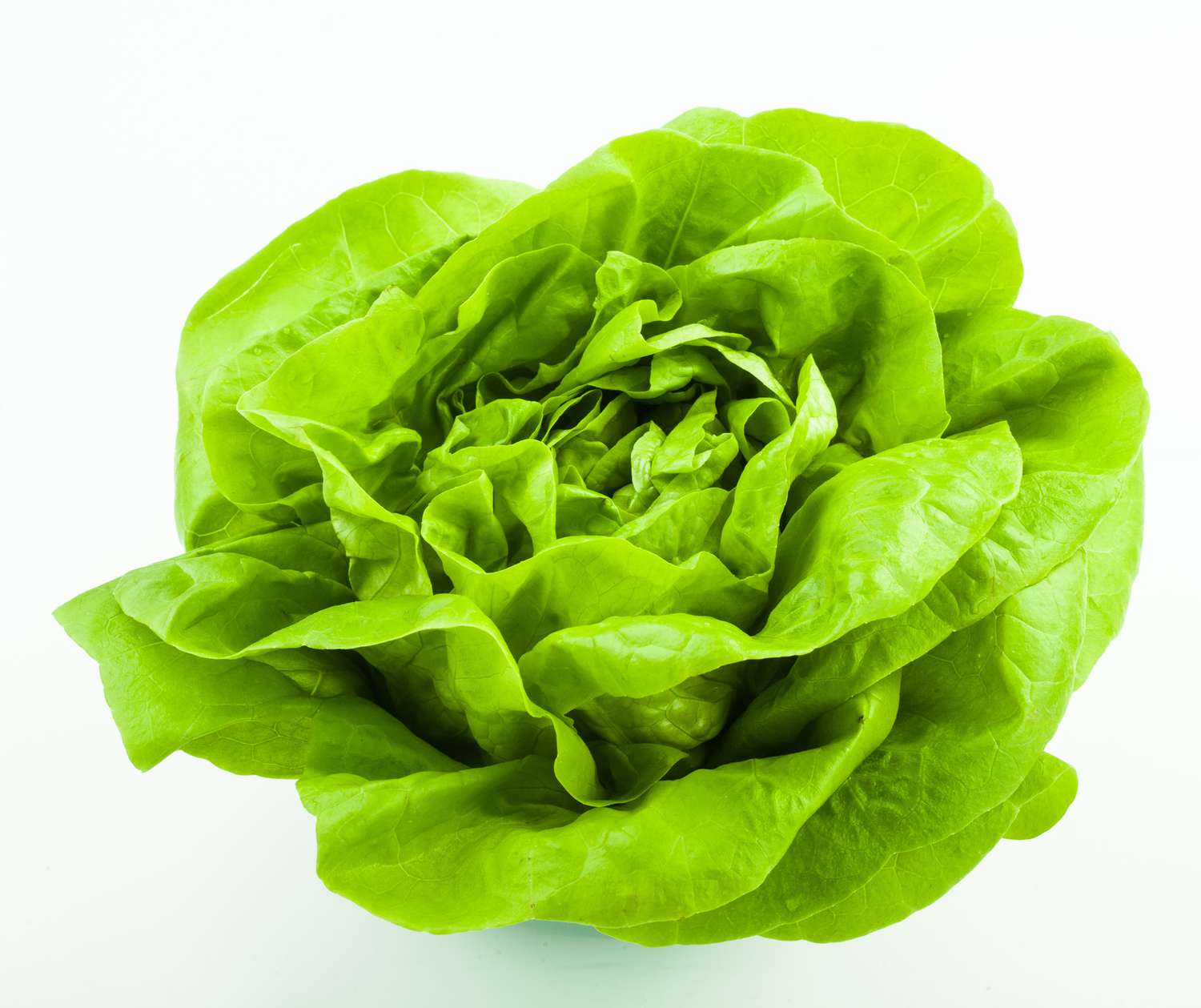
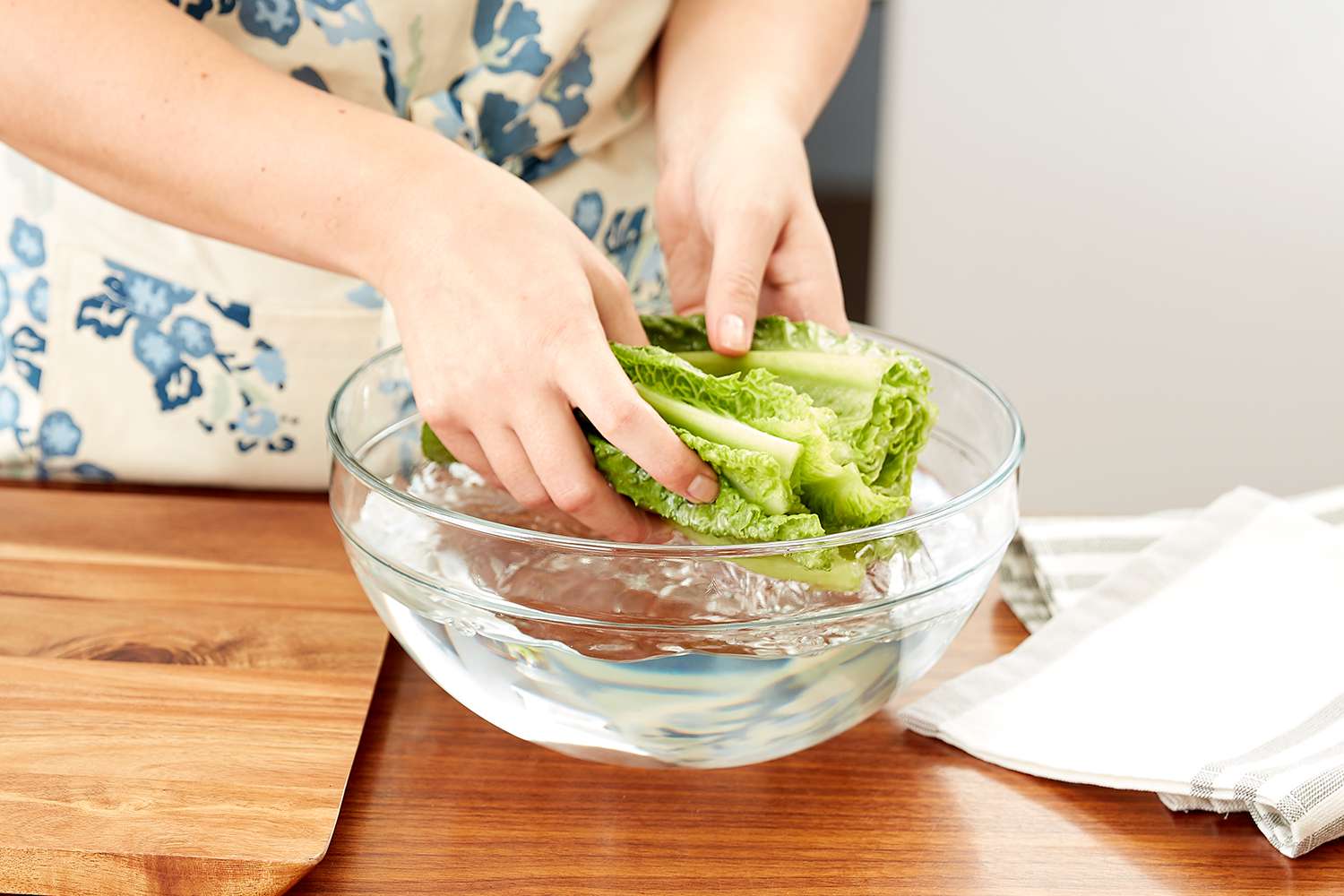
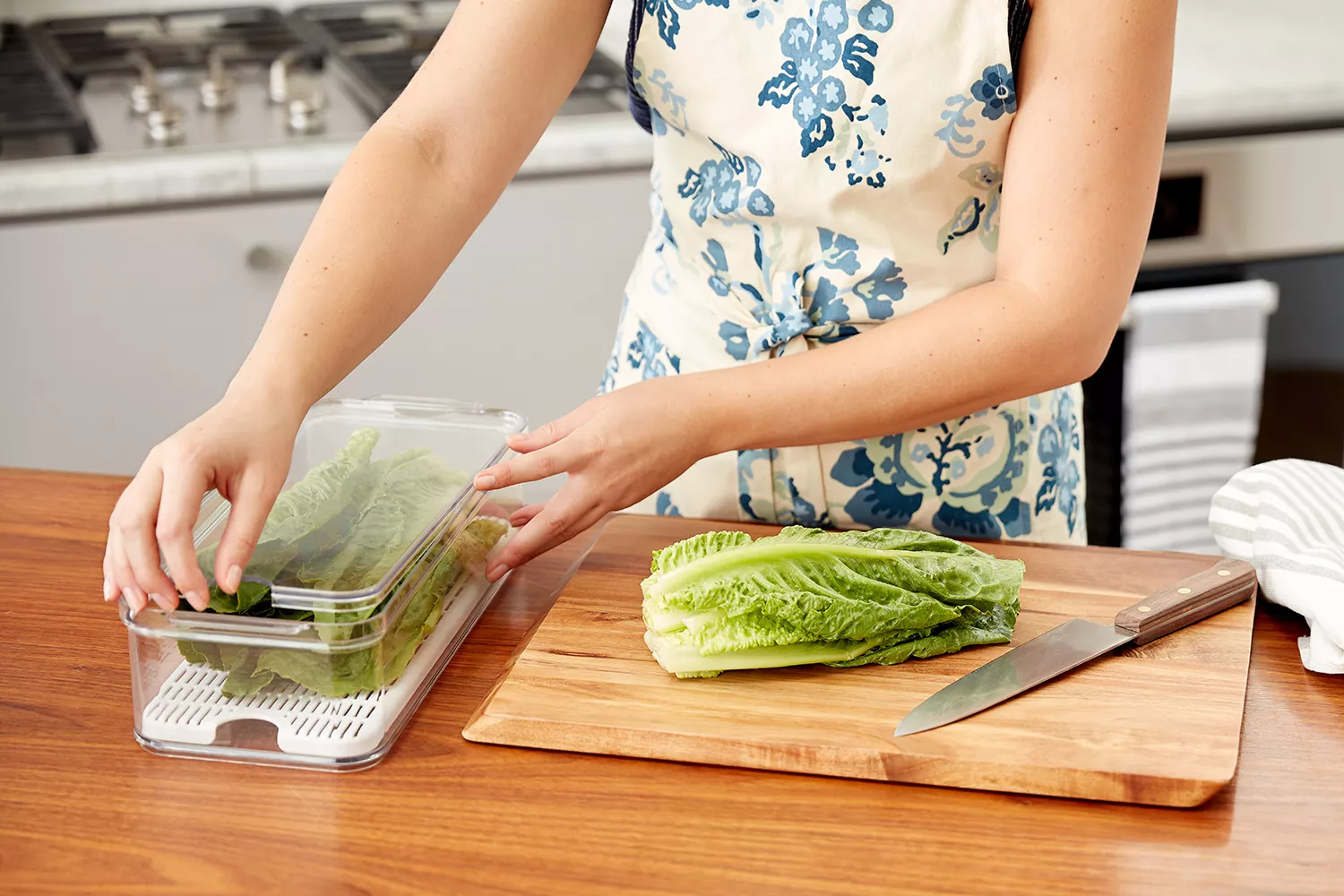

0 thoughts on “How To Store Hydroponic Lettuce”